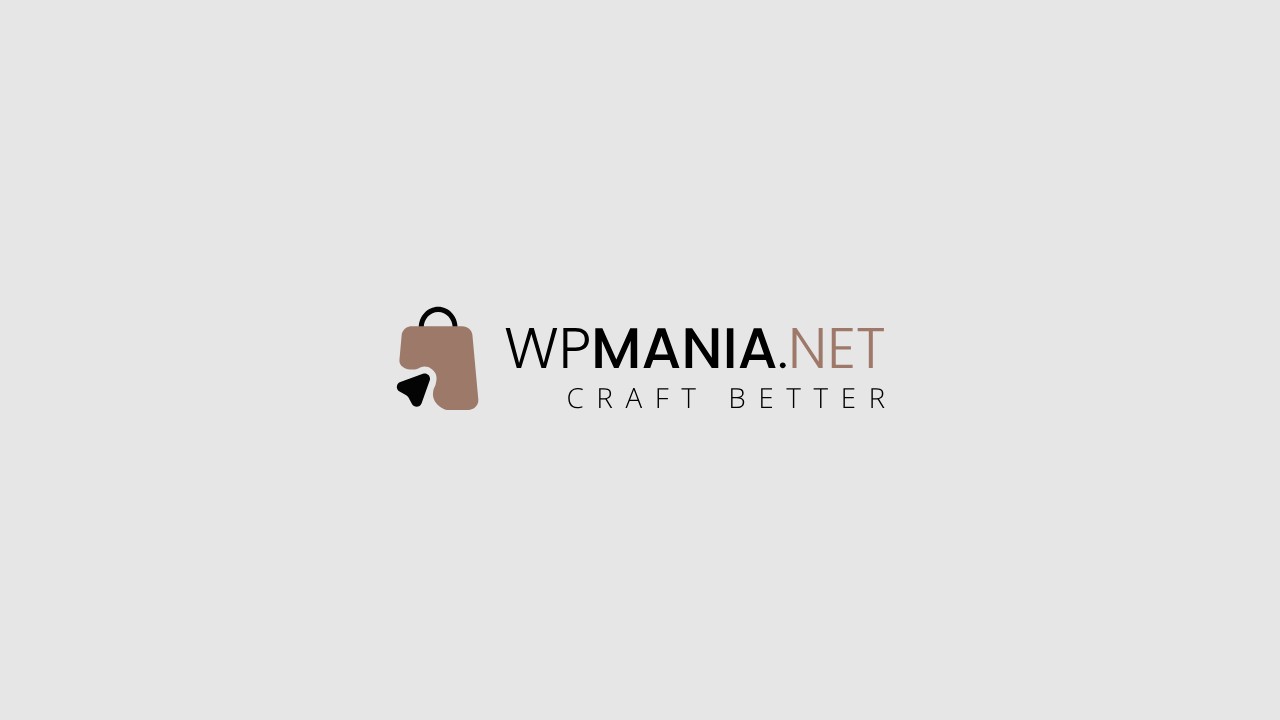In today’s digital landscape, website security is essential for safeguarding WordPress sites from threats and vulnerabilities. With the increasing sophistication of online attacks, it is more critical than ever to implement robust security measures. This comprehensive guide explores the essential WordPress security tips and best practices, empowering you to fortify your WordPress fortress and protect your digital assets.
Understanding WordPress Security
1. The Anatomy of WordPress Security
WordPress security encompasses a broad range of measures to protect WordPress sites from malware, hacking attempts, data breaches, and other threats. The evolving threat landscape necessitates continuous vigilance and adaptation, as cybercriminals devise new and innovative attack vectors.
2. The Consequences of Inadequate Security
Insufficient WordPress security can have far-reaching consequences, including:
- Compromised user data: Hackers can exploit security vulnerabilities to steal sensitive user data, such as passwords, credit card information, and personal details.
- Damage to brand reputation: Data breaches and security incidents can damage a brand’s reputation and erode customer trust.
- Financial losses: Website downtime and data recovery costs can incur significant financial losses.
Essential WordPress Security Measures
3. Regular Software Updates
Regular software updates are essential for patching vulnerabilities in WordPress core, themes, and plugins. Enabling automatic updates can streamline the process and enhance security.
4. Strong User Authentication
Implement stringent password policies and enable multi-factor authentication (MFA) to strengthen user authentication and limit unauthorized access. Assign appropriate user roles to limit access to critical site functions.
5. Secure Hosting Choices
Choose a reputable hosting provider known for prioritizing security. Invest in an SSL certificate to encrypt data transmission and protect user data.
6. WordPress Security Plugins
WordPress security plugins offer a range of features to enhance website security, such as firewall protection, malware scanning, and login security. Popular security plugins include Wordfence Security, Sucuri Security, and iThemes Security.
Advanced Security Measures
7. Web Application Firewall (WAF)
A Web Application Firewall (WAF) filters malicious traffic and blocks threats before they reach your website. Popular WAF providers include Cloudflare, Sucuri, and Imperva.
8. Scheduled Backups and Recovery Plans
Regularly back up website data to facilitate recovery in case of security breaches. Develop comprehensive recovery plans to minimize downtime and disruptions.
WordPress Security Best Practices
9. Regular Security Audits and Scanning
Regularly scan your website for vulnerabilities and suspicious activities. Conduct security audits to identify potential weaknesses in your security posture.
10. Content Security Policy (CSP)
Content Security Policy (CSP) headers control content sources and prevent unauthorized scripts from executing on your website.
11. User Education and Awareness
Educate users on cybersecurity best practices, such as creating strong passwords and recognizing phishing attempts. Promote a culture of cybersecurity awareness among website stakeholders.
12. Monitoring and Incident Response
Implement real-time monitoring to detect and respond to security incidents promptly. Develop detailed incident response plans to manage crises effectively.
Conclusion
Robust WordPress security practices are essential for protecting websites from evolving threats. By implementing the essential security measures and best practices outlined in this guide, you can fortify your WordPress fortress and safeguard your digital assets.
Final Thoughts
The digital threat landscape is constantly evolving, requiring continuous adaptation and vigilance in the realm of WordPress security. By staying informed and proactive, you can empower yourself to protect your WordPress website from the latest threats and ensure its longevity and trustworthiness.
Additional Tips
- Keep your WordPress installation up to date with the latest version.
- Disable unused plugins and themes.
- Use a strong password for your WordPress admin account.
- Change your WordPress admin username to something other than
admin. - Limit login attempts to your WordPress admin panel.
- Use a security plugin to scan your website for malware and other vulnerabilities.
- Monitor your website traffic for suspicious activity.
- Have a backup plan in place in case your website is compromised.
By following these tips, you can help to keep your WordPress website safe and secure.


